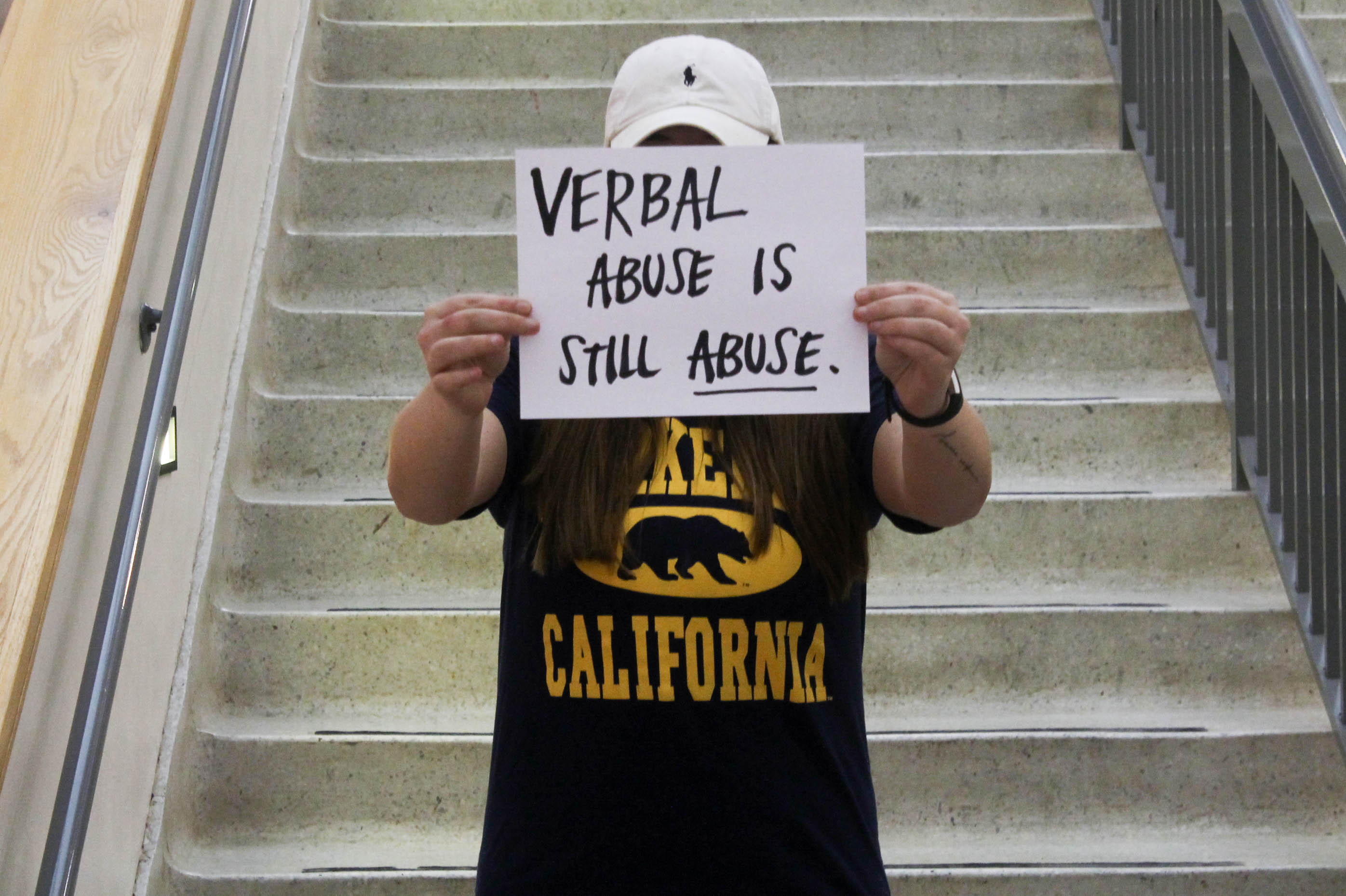Most group projects do not realistically teach teamwork because necessitating peer supervision can lead to unfairly disseminated workloads and post-project animosity.
The intended purpose of group projects is commendable and necessary: teaching young adults the importance and values of teamwork, but the accountability does not accurately portray real-world circumstances.
Group projects shift responsibility off of the teacher and onto students, making it the students’ responsibility not only to get their own share of the work done but to nag others to do the same. However, without clearly designated roles, students are less likely to listen to a peer telling them what to do, compared to a professor.
An article on Psychology Today states that “although the benefits can be substantial for students, careful planning and instruction on the part of the teacher is essential for group projects.”
In most group projects, every member gets the same grade. Typically, students divide the workload evenly, each responsible for their own part. The problem that can arise is when some members fail to do their part, other members are forced to pick up their slack.
Professors do try to combat this occurrence by requiring members of the group to fill out an anonymous peer review form at the end of each project. The issue with this method is that it requires students to tattle on one another, which can lead to animosity between classmates — an awkward classroom setting to be in. Students within groups often discuss their project grades, so peers will likely find out if other members received a better grade unless they lie or refuse to answer.
Because of this, some students will give out good reviews simply to avoid awkwardness, even if they did the majority of the work. It’s valid to say that it’s the students’ choice if they decide to give a bad group-mate a good peer review, but the point is that students shouldn’t be forced into the situation in the first place.
We all know group assignments aren’t going away, so working out their kinks is the only way to solve the problem.
I suggest that professors take on a more active role with groups by requiring periodic status updates from each member, not only on their own progress but on the progress of each individual member as well. This will force students to stay in communication with one another, instead of engaging in radio silence for the majority of the project’s duration. It will also force students to get their work done or risk revealing to the professor that they’re not doing what they’re supposed to be.
With this method in place, group members would be more likely to do their share because their progress is being monitored by a professor, not by peers, and it would also encourage better group work and communication. Group projects in the real world have supervisors so that responsibility should fall to professors, not students.



